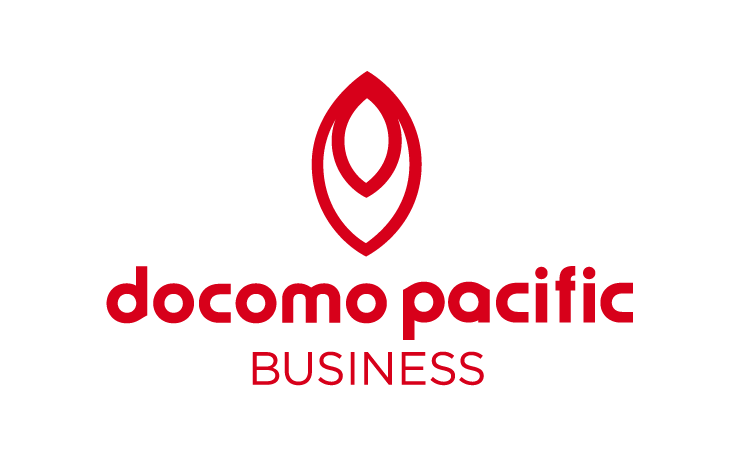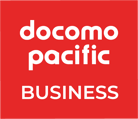Telecommunications is a branch of technology concerned with communications through data, voice, texts, videos and images. However, these services aren’t simply handed over to a company. Instead, these solutions and products are provided through telecom organizations. These providers allow customers to choose telecommunications solutions based on their specific needs.
This blog post illustrates the benefits of some of the most common telecommunications solutions for businesses so you can determine which one is best suited for your company.
The 5 Most Common Telecommunications Solutions for Businesses
Telecommunication solutions include a phone system and a wired or wireless internet connection. Based on the connection you choose, the service might require hardware and other operational items.
Here are the five most common types of telecommunications solutions:
1. Voice Over Internet Protocol (VoIP)
Voice over internet protocol (VoIP) gives users the ability to make calls from phone-to-phone, phone-to-computer and computer-to-computer. As the world becomes more reliant on the cloud, this option is becoming more and more popular. In basic terms, VoIP is a phone service that can be accessed via a business internet plan rather than phone lines. It tends to be less expensive compared to usual phone services. Plus, it allows users to make unlimited long-distance calls at no extra charge.
2. Mobile Devices
According to Juniper Research, mobile devices are one of the fastest-growing technologies. The use of smartphones and increasing service speeds are a part of why mobile solutions are replacing landline phone services.
3. Fax Services
Although faxing seems like a long-forgotten service, the online fax market is expected to grow at a compound annual growth rate (CAGR) of 13.06% between 2020 and 2027. With fax services, customers receive a fax number they can use to send and receive documents from a web-based fax program. With the right software and modem, users can send faxes from their computers to a fax machine.
4. Software Services
Most — if not all — companies use some form of online presentation, webinar or web conferencing software. These solutions save a significant amount of time that would otherwise be spent organizing in-person meetings.
Certain software services — such as webinar software — allow for interchanges and the sharing of video, audio, screens and other resources to connect users in different locations.
5. Bundled Services
Telecommunications solutions for businesses are often available as bundled services. This creates a more affordable package compared to purchasing each service separately. These bundles offer a variety of service options, allowing you to pick and choose rather than paying for services you don’t need.
Choosing the Right Telecommunications Solutions for Businesses
Much has changed since landlines were the primary mode of communication. Here are three leading telecom solutions available to organizations:
Key System Unit (KSU) Phone Systems
After traditional telephone systems, a key system unit (KSU) system is the most basic business phone solution. However, it is more advanced and practical compared to traditional phone lines. KSU provides the phone features needed by small businesses with less than 50 on-site employees.
The phone lines are managed and controlled by a key system unit, which is a central switching interface that connects individual lines and extensions to the users. The system is manually controlled by a phone operator who directs incoming calls. Users are also able to make local calls within the system by dialing an extension number.
Although KSU has many useful features, it also has limitations, particularly its lack of portability, expandability and flexibility. This is bad news for growing or remote businesses. A business that intends to expand its employee pool would be more suited to a scalable option.
Private Branch Exchange (PBX) Phone Systems
Private branch exchange (PBX) phone systems are the solution to some of the shortcomings of a KSU system. A basic PBX system includes:
- An automatic call routing and management control system.
- A variety of communication channels, such as analog, integrated service digital (ISDN) network and internet protocol (IP).
- A wealth of advanced digital functions, including interactive voice menus, call queues, call recording and more.
Because PBX phones can be hosted off-site, the service provider allows for extensive flexibility and scalability, making this option ideal for growing businesses.
VoIP And Unified Communications
As we briefly discussed, VoIP-powered Unified Communications (UC) is the most advanced and versatile option. This integrated communications package incorporates real-time and non-real-time communication channels, including voice calling, emailing, instant messaging, conferencing, file sharing and faxing.
Because UC allows businesses to connect staff and clients from nearly anywhere, it is an ideal option for remote companies, flexible work environments, bring-your-own-device (BYOD) options and more. Whether a business is small or large, UC service packages are customizable and therefore suitable for all sizes and business models.
UC checks off every box for a communication solution in the digital business world. This is a primary reason it is one of the fastest-growing branches of the telecommunications industry. Between 2021 and 2028, the UC market is expected to increase by a CAGR of 20.5%.
DOCOMO’s Telecommunications Solutions for Businesses
With DOCOMO PACIFIC, you can choose the telecommunications solution that best suits your business needs. From office phone services to internet services to custom bundles, we are the solution you seek.
To learn more about Unified Communications, check out our UC Whitepaper Campaign.
About the Author
DOCOMO PACIFIC
A wholly owned subsidiary of NTT Docomo in Japan, DOCOMO PACIFIC offers business internet, phone, cable and mobile services to Guam and the CNMI.







